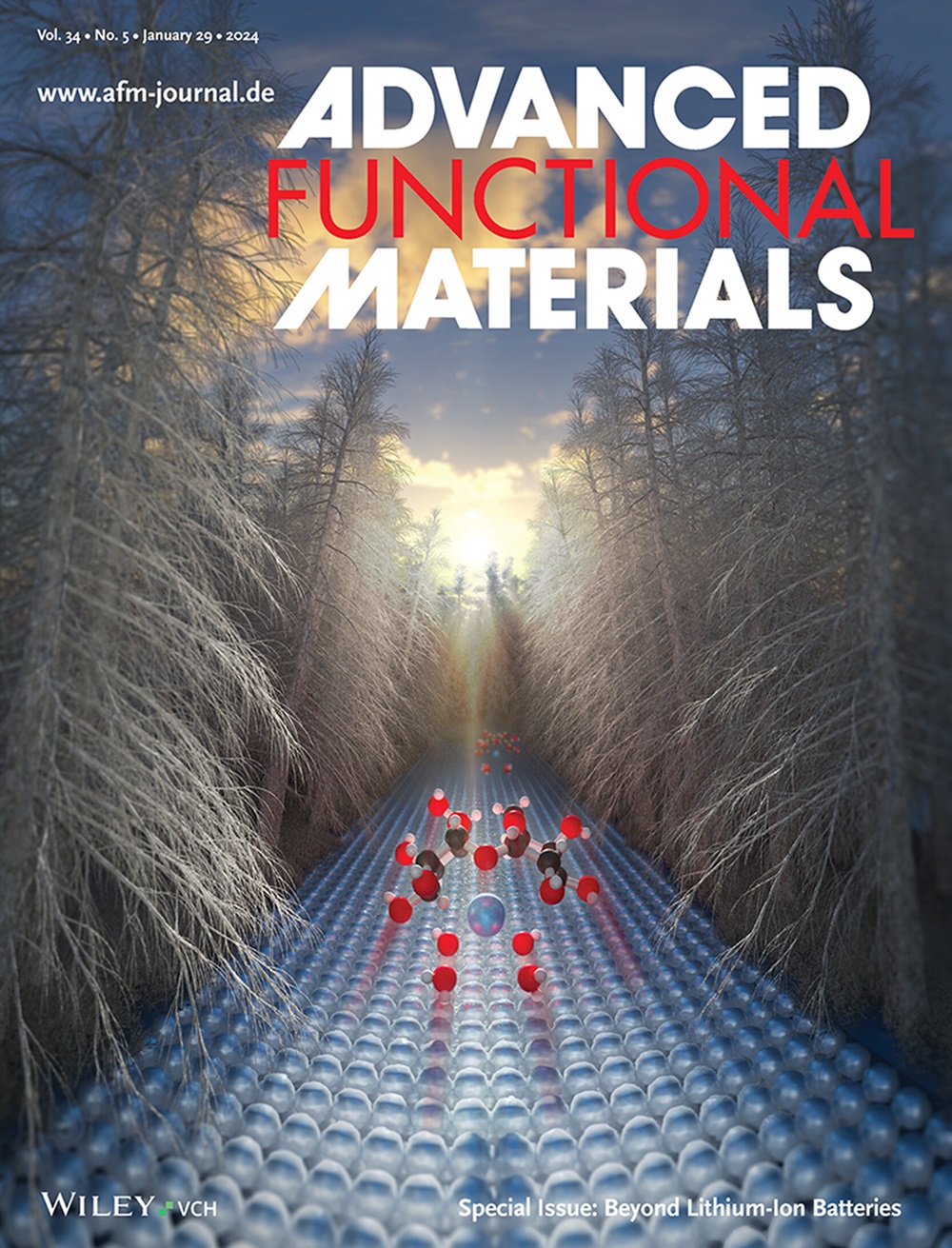Metabolic-Efferocytosis Enabled Hydrogel Synergism Reprograms Immune Microenvironment for Promoting Diabetic Wound Repair
IF 18.5
1区 材料科学
Q1 CHEMISTRY, MULTIDISCIPLINARY
引用次数: 0
Abstract
Diabetic wound healing remains a significant challenge, due to chronic inflammatory apoptotic cells accumulation. Herein, an immuno-bioenergy regulated hydrogel (CCE) is reported, which converts apoptotic cells into cytokines that facilitate tissue repair. The CCE consisted of a poly(citrate-curcumin) and erastin cross-linked thermosensitive network, which enhanced efferocytosis in dendritic cells (DCs) by the sustained release of erastin and reinforced the cellular energy metabolism by intracellular release of citrate. With the promoted efferocytosis and increased secretion of anti-inflammatory and pro-reparative cytokines, macrophages are effectively polarized towards M2 phenotype via activation of JAK1/STAT3 pathway, while the damaged function of fibroblasts and endothelial cells under high-glucose conditions is restored. Moreover, the released citrate increased intracellular citrate level, modulating the high glucose-induced energy metabolites disturbances and alleviating mitochondrial dysfunction in endothelial cells. Notably, this combination exhibited a synergistic effect in promoting endothelial cells angiogenesis and immunoregulation ability of macrophages. In a diabetic wound model, CCE hydrogel facilitated the diabetic wounds repair, characterized by a reduced inflammation, enhanced angiogenesis and collagen deposition. These outcomes are attributed to immune microenvironment reconstruction through enhanced efferocytosis-mediated clearance of apoptotic cells and M2 polarization of macrophages. This work presents a novel strategy that leverages efferocytosis and the immune microenvironment modulation to facilitate diabetic wounds healing.

求助全文
约1分钟内获得全文
求助全文
来源期刊

Advanced Functional Materials
工程技术-材料科学:综合
CiteScore
29.50
自引率
4.20%
发文量
2086
审稿时长
2.1 months
期刊介绍:
Firmly established as a top-tier materials science journal, Advanced Functional Materials reports breakthrough research in all aspects of materials science, including nanotechnology, chemistry, physics, and biology every week.
Advanced Functional Materials is known for its rapid and fair peer review, quality content, and high impact, making it the first choice of the international materials science community.
 求助内容:
求助内容: 应助结果提醒方式:
应助结果提醒方式:


